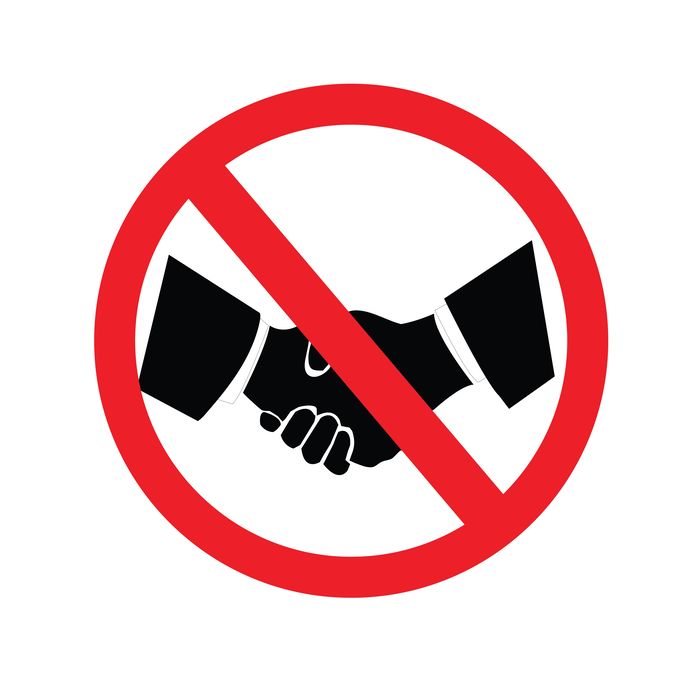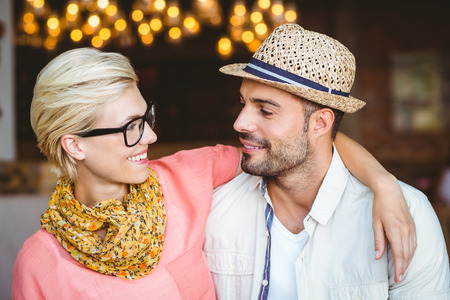Are We Shaking Hands Again?

Shaking hands is the most common greeting and gesture of good will. In recent times when people were worried about illness, many asked how to properly greet and meet others in person.
How do you help others feel welcome within a conversation, and at the same time be mindful of everyone’s health concerns? That's the question.
Respecting Other's Space
Awareness of respectful space is a priority and many are still struggling to be comfortable when the handshake just might be in question. At one conference gathering, I noticed that people turned awkward moments into a bit of fun:
- “Oops, I just shook your hand and we’re supposed to be avoiding that, aren't we?” Laughter ensued and that person took out his hand sanitizer and offered the other person a dab.
- After a clumsy elbow crash bump, one person apologized to me and fortunately, I responded with, “That’s okay, we’re all learning safe ways of being friendly.”
The Virtual Handshake
Some think the virtual handshake --an alternative form of greeting--is here to stay.
Two ways to greet with a virtual handshake:
- Place your wrists crossed on your chest, with the slightest of head bow. (This gesture was used in the 1918 Flu epidemic as a substitute for the cheek kiss according to Etiquipedia.) This requires no shaking hands, and as long as a smile and good eye contact have “touched” the other person, you have effectively greeted him or her.
- Namaste literally means, “I bow to you.” The palms of your hands press together under your chin, thumbs resting against breastbone. After eye contact is established, a very slight indication of a bow occurs.
A Return to Shaking Hands
Variations will most likely continue for awhile, but many people think the handshake is on its way back. And many more hope this will be the case. It is difficult to dispose of such a time-honored tradition. The act of shaking hands can mean so much more than saying hello. It confirms a contract or commitment, it implies trustworthiness, and extends congratulations or condolences.
We are all looking for ways to show up recognizably respectful and we're doing the best we can to communicate while showing kindness and courtesy. Whether we choose to shake hands or not, we still have the responsibility to greet others. But let's face it, that quick clasp of hands with the up and down movement speaks volumes more than a nod of the head and a "Hi there."














